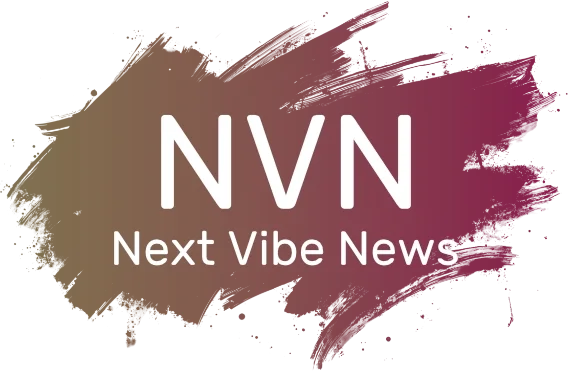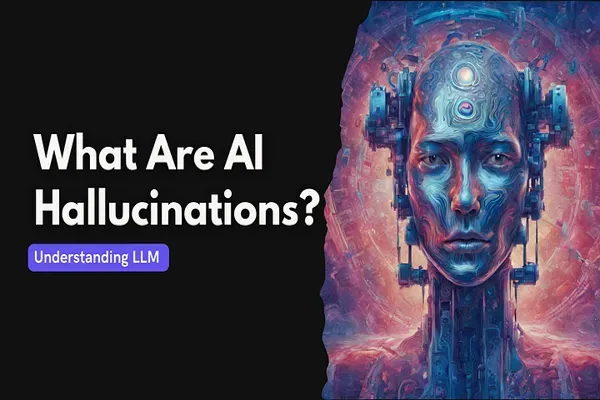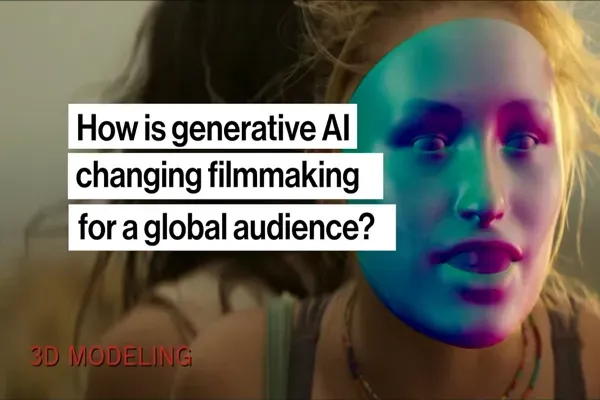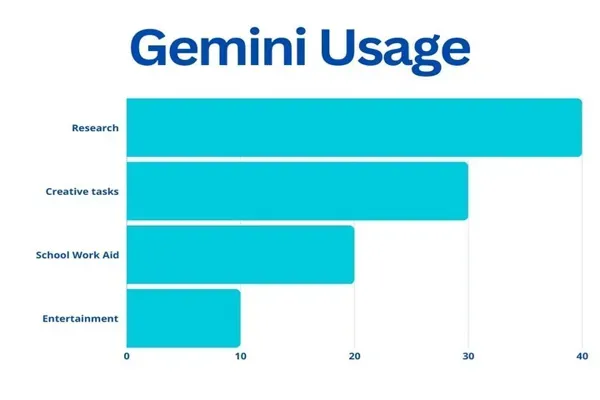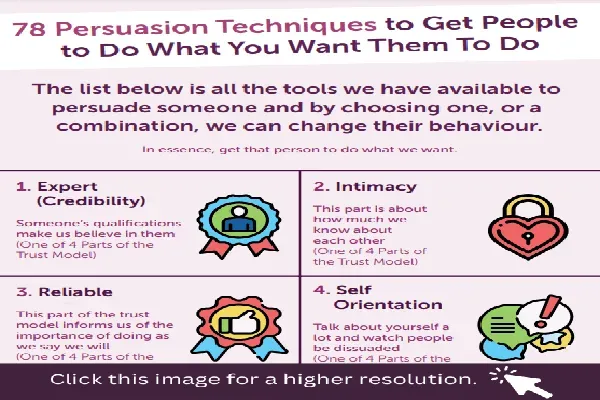AI hallucinations are a fascinating yet concerning challenge in the evolution of artificial intelligence, particularly within large language models developed by organizations like OpenAI. These instances occur when models, such as ChatGPT, generate statements that sound plausible but are actually false. A recent study illustrates how even advanced AI systems can confidently provide incorrect information, raising questions about their reliability and accuracy. This phenomenon reflects the limitations of model evaluation metrics currently in use, which often fail to address the nuances of these inaccuracies. As artificial intelligence continues to integrate into various sectors, understanding AI hallucinations becomes crucial for enhancing performance and trust in these technologies.
The term ‘AI misinterpretations’ encompasses a similar concept to AI hallucinations, illustrating how advanced computational systems can mistakenly produce incorrect outputs. This issue particularly affects systems based on large language models, which are engineered to predict language patterns without verifying the truthfulness of the content. As research reveals, such inaccuracies can stem from ineffective model evaluation practices that prioritize fluency over factual accuracy. By addressing these challenges, we can strive for improved performance in artificial intelligence applications and foster a more trustworthy interaction between humans and machines.
Understanding AI Hallucinations in Large Language Models
AI hallucinations are a significant challenge in the realm of artificial intelligence, especially within large language models like GPT-5. Hallucinations in this context refer to instances where the model generates information that appears plausible but is fundamentally false. These inaccuracies can distort the user experience, leading to a mistrust of AI-generated content. A recent study by OpenAI has intensified the discussion around this phenomenon, implying that it is not merely a coding error but a deeper flaw rooted in the model’s design and training methodology.
The OpenAI research underscores that these hallucinations are not isolated incidents; they are reflections of how language models are trained to prioritize fluency over factual accuracy. During the pre-training phase, models are fed vast amounts of text data but are not given definitive true or false categorizations. As a result, while the models become adept at predicting the next plausible word in a sentence, they often struggle with specific factual data. This misalignment can result in models confidently presenting incorrect information, leading users to be misled in various situations.
The Role of Model Evaluation Metrics in AI Development
Another critical aspect discussed in the OpenAI report is the effect of evaluation metrics on model behavior. Traditional evaluation methods tend to focus primarily on accuracy, encouraging models to generate confident, albeit incorrect, responses. This scenario is akin to a multiple-choice exam where a random guess might yield a right answer, promoting a culture of guessing rather than precision. The researchers argue that this method sets a poor precedent for the development of future AI models, as it incentivizes inaccurate outputs without accountability.
To mitigate this issue, the authors propose a paradigm shift in evaluation techniques. They suggest implementing measures that penalize incorrect confident outputs while rewarding uncertainty and accuracy. This is comparable to educational testing systems that deduct points for incorrect answers and grant partial credit for undeclared responses. By adjusting the metrics used to evaluate models, the AI community can enhance the integrity and reliability of large language models, ensuring that they evolve to provide correct information rather than simply guessing.
Pre-training Challenges and Solutions for AI Models
The pre-training process is a double-edged sword for large language models as it lays the foundation for their understanding of language. However, the OpenAI research reveals significant limitations in this approach, particularly regarding factual accuracy. Language models are trained to recognize patterns in text, prioritizing fluency while neglecting the nuances of factual correctness. Consequently, this creates a scenario where the model’s confidence in generating text does not correlate with the accuracy of the information it provides.
Addressing these pre-training challenges requires a multimodal approach, incorporating various data types and knowledge representations. One potential solution could be the integration of specialized factual databases within the model’s training regimen. By grounding the model in verifiable facts alongside traditional text data, AI systems like ChatGPT could drastically reduce their rates of hallucination, fostering a more trustworthy user experience.
Addressing Hallucinations: The Future of AI Communication
As we consider the implications of AI hallucinations on communication and information dissemination, it’s clear that effective solutions must be prioritized. The OpenAI research highlights a pressing need for a reevaluation of how these technologies are designed and implemented in real-world applications. By refining model evaluation strategies and pre-training processes, developers can engender a systemic change that fosters more reliable AI interactions.
In looking forward, organizations and researchers must collaborate to define clearer metrics for assessing the accuracy of language models. This vigilance will not only improve the reliability of AI but will also empower users to trust the outputs generated. If AI systems can confidently express uncertainty or acknowledge the limits of their knowledge, the dialogue between humans and machines will evolve, leading to more responsible and effective communication.
Implications of AI Hallucinations for Trust in Technology
The prevalence of AI hallucinations raises a fundamental question about the trustworthiness of technology in modern society. As artificial intelligence systems become increasingly integrated into decision-making processes, the potential for erroneous outputs could lead to significant repercussions. The research from OpenAI illustrates not only the technical challenges but also the societal implications of AI hallucinations. If users cannot rely on the accuracy of AI-generated information, it jeopardizes the credibility of entire industries that rely on this technology.
Building trust in AI requires transparency regarding its limitations and performance metrics. The OpenAI research advises that AI developers must acknowledge hallucinations as a legitimate issue rather than dismissing them as mere flaws. Establishing transparent communication about the capabilities of AI models, including their tendency to generate incorrect facts, will be crucial in fostering a trustworthy relationship with users. As we continue to navigate the complexities of artificial intelligence, embracing accountability and open dialogue will be essential in securing public confidence.
Transforming AI Hallucination Discourse into Actionable Solutions
The conversation surrounding AI hallucinations is not just an academic exercise; it prompts urgent action towards developing more effective AI systems. As highlighted in the OpenAI study, researchers and developers must take concrete steps to recalibrate their strategies in training and evaluating large language models. By using advanced methodologies that account for both qualitative and quantitative measures of performance, the AI industry can shift towards more reliable outcomes.
Implementing actionable solutions entails fostering a culture of innovation that encourages rigorous evaluation of model outputs. This includes interdisciplinary collaboration, where professionals from various fields contribute insights that can refine AI systems. Such partnerships can lead to the development of specialized frameworks aimed at mitigating the effects of hallucinations. The outcome of these efforts will ideally be a future where AI can confidently provide accurate and contextual information, enhancing its utility across diverse applications.
Ethical Considerations in AI Hallucination Management
Ethics play a pivotal role in managing AI hallucinations, as these inaccuracies can directly impact individuals and communities. The OpenAI research highlights the importance of integrating ethical considerations into model development, stressing that developers have a responsibility to ensure their creations do not propagate misinformation. As AI technologies become more prevalent, the ethical implications of inaccuracies must remain at the forefront of discussions surrounding AI deployment.
A proactive approach involves establishing ethical guidelines that prioritize transparency and accuracy. Developers should be held accountable for the performance of their models, particularly when these systems are used in sensitive contexts such as healthcare, finance, and education. By advocating for ethical standards that address the implications of AI hallucinations, the technology sector can contribute towards creating a responsibly advanced society where trust in AI systems is rooted in their reliability and safety.
Navigating the Future of AI with Enhanced Reliability
Navigating the future of AI successively includes tackling the challenge of hallucinations. OpenAI’s findings indicate that addressing hallucinations can unlock greater potential for large language models and build robust trust in technology. As researchers, developers, and policymakers collaborate to refine training processes and evaluation metrics, the foundation for reliable AI becomes stronger.
The movement towards enhancing AI reliability signifies a crucial shift in how users interact with technology. When models begin to accurately reflect the complexity of language and knowledge, the applications of AI can extend more effectively to enhance productivity, creativity, and decision-making. This progress not only benefits technology companies but also enriches the user experience, leading to a future where AI serves faithfully and responsibly.
The Call to Action: Improving Model Evaluations
The OpenAI research acts as a clarion call for the AI community to reassess the evaluation techniques used for language models. By acknowledging the limitations of current metrics, stakeholders can initiate changes that promote a more accurate and honest portrayal of model capabilities. The recommendations made regarding penalizing confident inaccuracies could serve as transformative changes that redefine how AI performances are assessed.
Ultimately, the collective effort to improve model evaluations can reduce the frequency of hallucinations and enhance the overall reliability of AI systems. This ongoing dialogue is essential for shaping the future landscape of artificial intelligence, fostering an environment where innovation thrives on accountability and user trust. In this way, the AI community can work towards cultivating more conscientious models capable of providing truthful answers while minimizing the impact of overconfidence.
Frequently Asked Questions
What are AI hallucinations in artificial intelligence and how do they occur?
AI hallucinations refer to plausible but false statements generated by language models, such as those in artificial intelligence systems like ChatGPT. They occur primarily due to the models being trained to predict the next word based solely on language patterns without true/false labels, which means they can confidently produce incorrect information.
How do large language models like GPT-5 contribute to AI hallucinations?
Large language models, including GPT-5, tend to generate AI hallucinations because they are optimized for fluency in language rather than factual accuracy. During their pre-training, these models encounter a wealth of examples that influence their predictions, often leading to incorrect assertions when specific facts are queried.
What is the role of OpenAI research in addressing AI hallucinations?
OpenAI research plays a significant role in understanding AI hallucinations by investigating their causes and proposing improvements in evaluation metrics. The recent study highlights that evaluating models based solely on accuracy can incentivize them to produce confident but incorrect outputs.
How can model evaluation metrics reduce the occurrence of ChatGPT hallucinations?
Model evaluation metrics can reduce ChatGPT hallucinations by penalizing incorrect confident answers and rewarding uncertainty. By adopting an evaluation approach similar to standardized tests, we can encourage models to refrain from guessing, which may lead to more accurate responses.
What examples illustrate the problem of AI hallucinations in large language models?
Examples of AI hallucinations include a chatbot giving incorrect titles for a Ph.D. dissertation by Adam Tauman Kalai, or providing varying incorrect dates for his birthday. These illustrate how large language models can generate plausible responses that are ultimately inaccurate.
Why is it challenging to eliminate hallucinations in artificial intelligence?
Eliminating hallucinations in artificial intelligence is challenging because the pre-training process focuses on language fluency without factual grounding. Additionally, existing evaluation methods fail to mitigate guessing behavior, leading models to prioritize confident but inaccurate outputs.
What do researchers suggest to improve accuracy in AI statements?
Researchers suggest that improving accuracy in AI statements involves evolving evaluation metrics to discourage guessing behavior. They recommend designing metrics that penalize confident inaccuracies while rewarding uncertainty in responses, fostering a more careful approach in language models.
| Key Point | Details |
|---|---|
| Definition of AI Hallucinations | Plausible but false statements generated by language models. |
| The Nature of the Problem | Hallucinations persist in AI despite advancements in technology. |
| Examples of Hallucinations | Chatbot incorrectly provided answers about a Ph.D. dissertation title and birthday for Adam Tauman Kalai. |
| Causes of Hallucinations | Pre-training methods focus on predicting next words without true/false labels, leading to errors. |
| Evaluation Issues | Existing evaluation metrics encourage guessing rather than penalizing inaccuracies. |
| Recommendations | Redesign evaluation models to penalize confident inaccuracies and reward uncertainty. |
Summary
AI hallucinations are a significant issue in the field of artificial intelligence, as highlighted by recent research from OpenAI. This phenomenon, characterized by the generation of plausible yet incorrect responses by language models, underscores the need for improved evaluation methods. The current approaches focus too much on guessing behavior rather than fostering accuracy and uncertainty in AI responses. To mitigate the effects of hallucinations, it is crucial for evaluative frameworks to evolve, promoting a culture of uncertainty that leads to more reliable outcomes in AI technologies.
